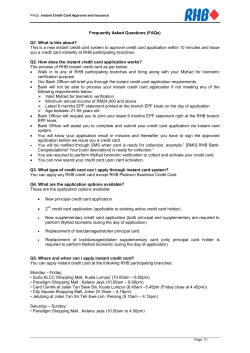
Electronic Supplementary Material (ESI) for Energy & Environmental Science.
Electronic Supplementary Material (ESI) for Energy & Environmental Science. This journal is © The Royal Society of Chemistry 2014 Crystallinity Control of TiO2 Hollow Shells through Resin Protected Calcination for Enhanced Photocatalytic Activity Hongyan Liu,ab Ji Bong Joo,ac Michael Dahl, a Lishun Fu,a Zhengzhi Zeng,b Yadong Yin,*a a Department of Chemistry, University of California, Riverside, CA 92521, USA. E-mail: yadong.yin@ucr.edu b Key Laboratory of Nonferrous Metal Chemistry and Resources Utilization of Gansu Province, College of Chemistry and Chemical Engineering, Lanzhou University, Lanzhou 730000, P. R. China. E-mail: liuhy2010@lzu.edu.cn. c Greenhouse Gas Laboratory, Korea Institute of Energy Research (KIER), Deajeon, 305-343, Republic of Korea Keywords: TiO2 hollow shell, Crystallization behavior, Photocatalysis, Protected Calcination * Corresponding author: Yadong Yin, E-mail: yadong.yin@ucr.edu. Supplementary images and spectra Figure S1 TGA curves of RF@TiO2@RF in argon and air. Figure S2 XRD patterns of RF@TiO2@RF calcined in air at 500 oC for 2 h, 4 h, and 6 h. Figure S3 UV–vis absorption spectra showing UV-degradation of RhB using the RTR-700 catalyst (A) before and (B) after NaOH treatment. Figure S4 Evolution of RhB concentration versus UV irradiation time in the presence of STS catalysts. Figure S5 Comparison of photocatalytic activity of RTR-700 with P25. Figure S6 Conversion of RhB by RTR-700-OH for running 5 cycles. Table S1 The Zeta potential of RTR-x sample before and after NaOH treatment. T (°C) 500 600 700 RTR-X -33.55±2.11 mV -32.96±1.11 mV -16.71±1.79 mV RTR-OH-X -38.00±1.16 mV -46.83±2.54 mV -32.19±2.88 mV
© Copyright 2025





















